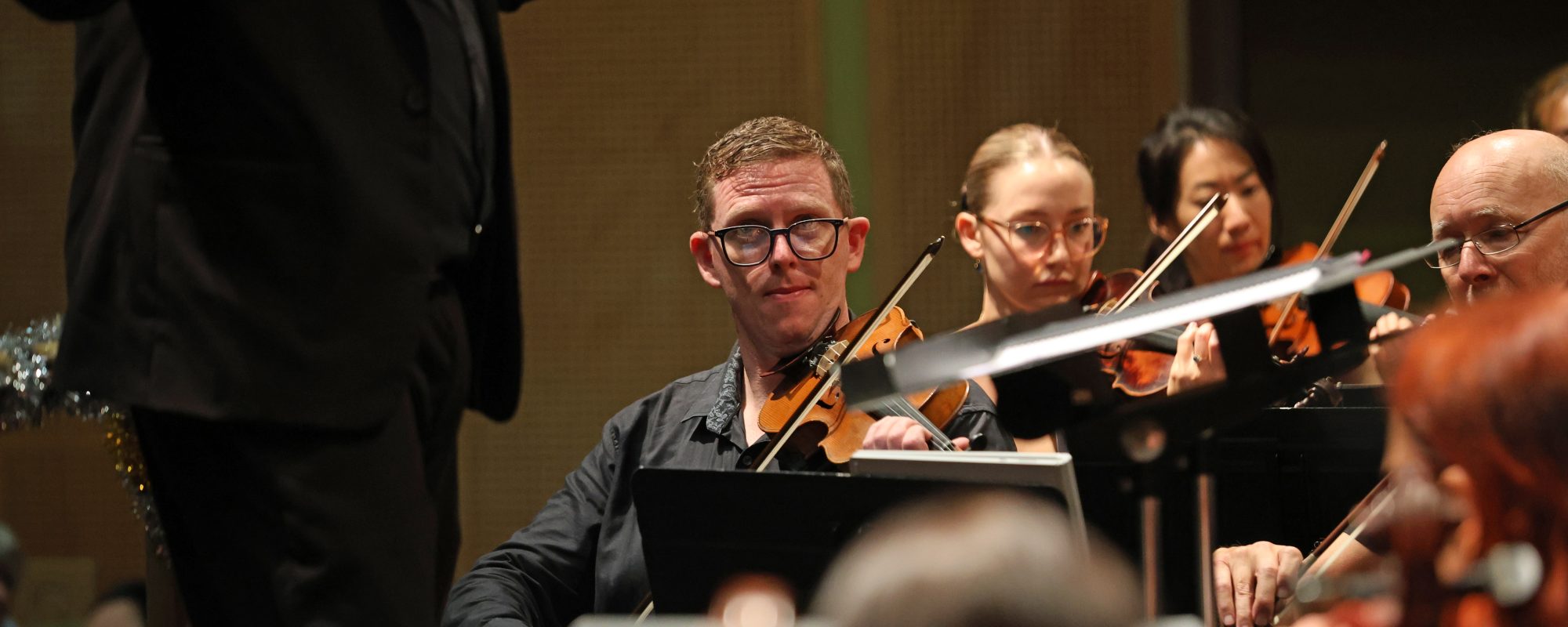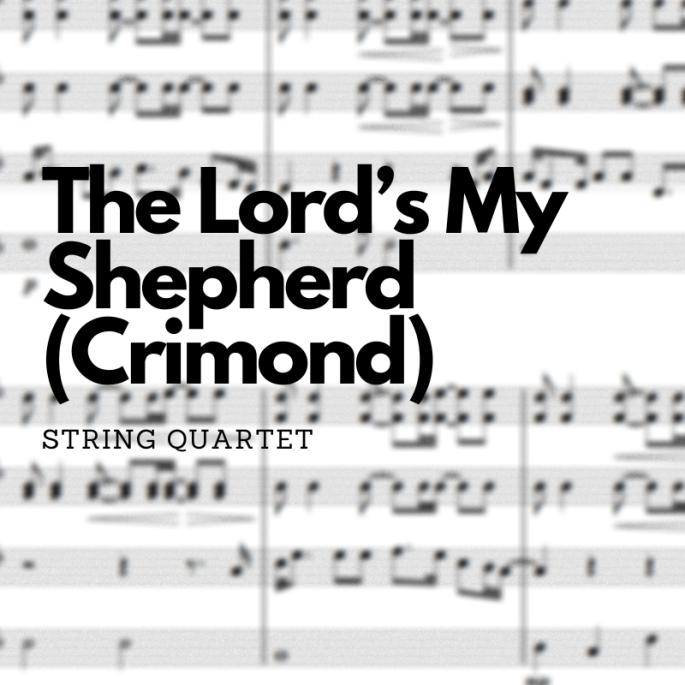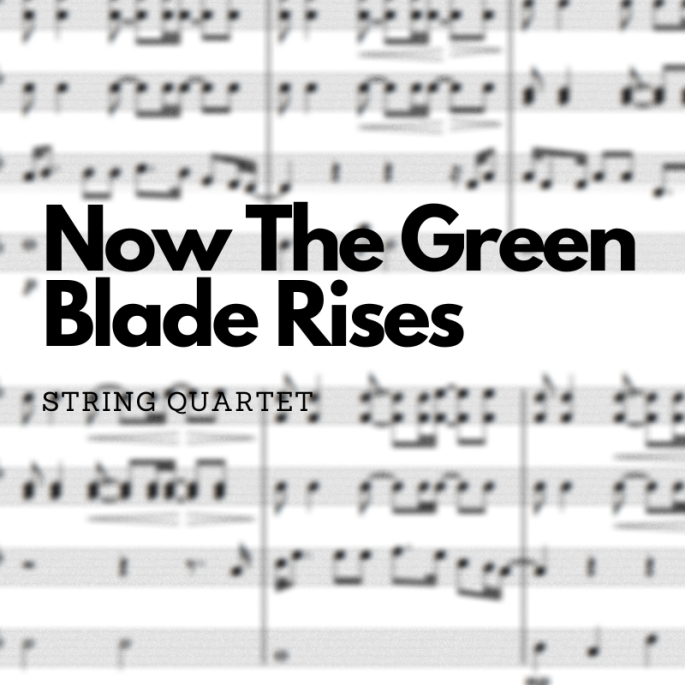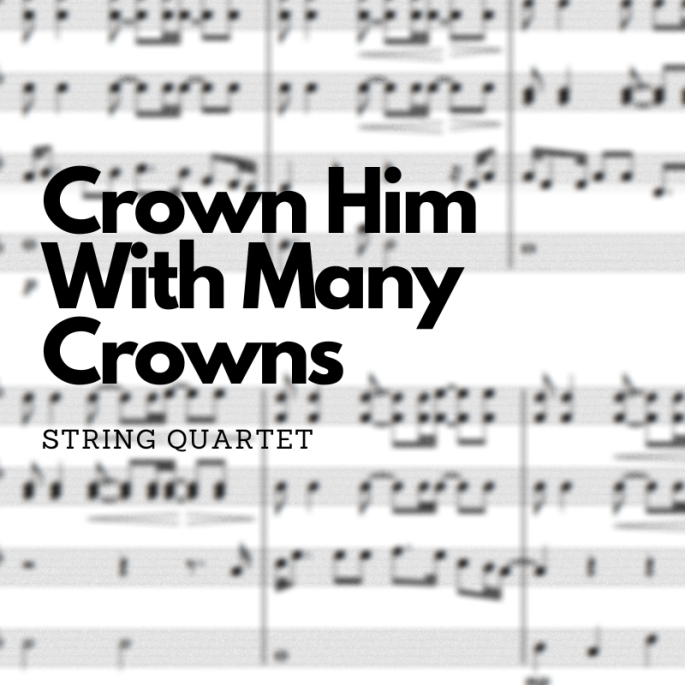Looking for a beautiful and soulful string quartet arrangement of the hymn “The Lord’s My Shepherd“? Look no further than Ben Clapton’s rendition of this timeless classic, set to the hymn tune Crimond.
At Joyful Noise Music Studio, we’re proud to offer this stunning arrangement, which features all instruments sharing the melody, as well as a modulation to the minor key and a key change for the final verse.
The hymn tune Crimond has a rich history dating back to the 19th century, when Scottish church musician Jessie Seymour Irvine composed the melody. Since then, it has become one of the most beloved and widely recognized hymn tunes in the world, with countless artists and ensembles performing their own interpretations over the years.
If you’re looking to add a touch of elegance and reverence to your next religious service or special event, Ben Clapton’s string quartet arrangement of “The Lord’s My Shepherd” is the perfect choice. So why wait? Order your copy today and experience the beauty and power of this timeless hymn like never before. And remember, with Joyful Noise Music Studio, you’re always in good hands.












